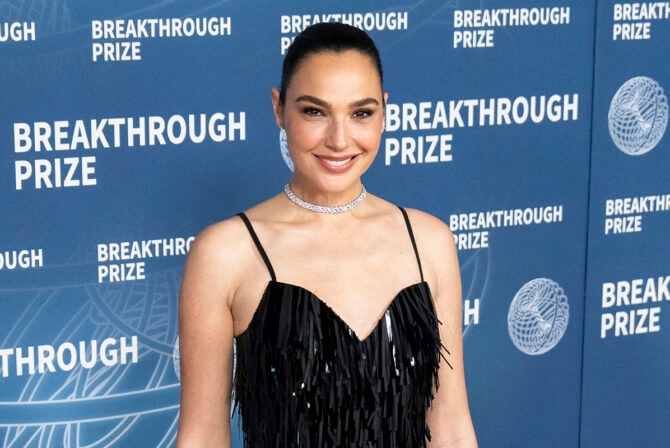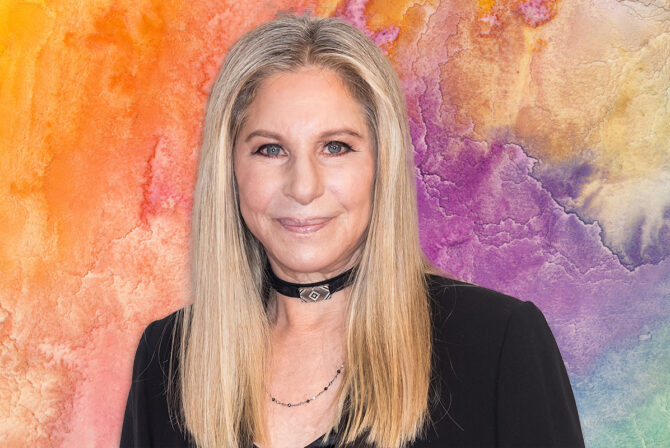The Challenge: There are so many young people who want to be trailblazers, but where do they begin?
The Solution: High School HeroesX.
The Teen Who’s Making A Brighter Future: Eli Wachs from Bryn Mawr, Pennslyvania
Eli read a book in high school that changed his life. And in turn, the lives of many young people.
The book is called “Abundance: The Future is Better Than You Think” by Peter H. Diamandis, and Eli was inspired by one of Diamandis’s messages—that youth are as capable as anyone at driving major change. Eli decided that he wanted to follow this advice and see what he could do for Philadelphia. He started an organization called High School HeroesX, which hosts incentivized competitions, assembles an advisory board of experts, and engages youth with government officials. High School HeroesX has been around for only three years, but it’s already tackled a lot of challenges—from narrowing the education gap with inner-city schools to a Beijing Food Safety Challenge. It gives high school students a means to use their passions and creativity to make a positive impact on society. This past year, Eli received a Diller Teen Tikkun Olam award from the Helen Diller Family Foundation for all his hard work.
We caught up with Eli in between his freshman classes at Stanford University.
What is your favorite book?
“Outliers” by Malcolm Gladwell, “Give and Take” by Adam Grant, and The “Game of Thrones” books.
If you could have one super power, what would it be?
Read other people’s minds. I think in terms of knowledge equals power, that gives you the most of it.
Who would you say had the greatest positive influence on your life as a kid?
My mom. She has always encouraged me to follow my passions and to dream big.
What was your favorite thing about growing up in Bryn Mawr?
I guess having access to Philadelphia—especially as I got older. Bryn Mawr is not all too representative of the demographic makeup of our country, but it is quite close to Philadelphia. Philly represents much more of the diversity of the country, and unfortunately is plagued by many of the problems which trouble the rest of the nation. Seeing these problems up close really developed a desire in me to create social justice.
What happened when you first read Dr. Diamandis’ book?
I was struck by this idea that young people were behind many of the large, technological breakthroughs of the past 50 years such as the dot.com boom and getting a rocket ship into space. After reading the book and emailing him to ask for a phone call, Dr. Diamandis and I discussed how youths’ naivety was an advantage to their problem-solving approaches.
Can you walk me through the idea of “incentives”?
Xprize (an organization Diamandis created which runs incentivized competitions for as much as 10 million dollars) has discovered something called the multiplier effect. They have found that in general, for whatever amount incentive they put up for the winners of their challenges, 10 times that will be spent by private citizens or groups to try to solve the problem.
How did you first present this idea to your high school?
I sent out a bunch of cold emails to high schools in my area. Something along the lines of, I want to work with these students to help solve global problems. I maybe heard back from three high schools at first, one of whom didn’t want me once they realized I was at The Haverford School and not Haverford College. But I started working with some students…and eventually we were able to launch our first challenge in Philadelphia.
After two or so years of struggling to attract 50 local students, HSHX started to gain traction and take off in more than just Philadelphia. Our first challenge led to a five-week summer program at a school in North Philadelphia which focused on computer literacy, career development, and coding. Our next challenge was in Beijing, and focused on food safety. As the Pennsylvania Youth Ambassador last year with Youth Service America, I ran an environmental challenge in PA.
What’s the best part about running this kind of organization?
Meeting incredible high schoolers from across America and the globe. I had the honor of speaking at the tGELF LIFE conference in New Delhi, India, where I met students I keep in touch with to this day. Through the conferences I’ve been able to attend, I have met some of my best friends, business partners, and peers my age who inspire me every day. Watching other youth try to tackle huge problems—that’s the most rewarding thing for me.
What’s next for High School HeroesX?
We just announced a 10 thousand dollar challenge centered around improving driving and decongesting traffic in America. I expect students from five-plus states to work on the challenge, and for the first time ever we are happy to be sponsoring two hackathons as part of the challenge. Perhaps what I’m most excited about, however, is a challenge I’ve been trying to start for years in India and Pakistan. The challenge will probably be for around 20 thousand dollars and focused around water quality and access, but what I’m most excited about is getting students from these countries to collaboratively work on this together. I’ve always believed that good will can be created between traditional adversaries if they work toward a common goal/improvement together. So it will be a busy year for us, and I couldn’t be more excited about it.
Anything else you’d like to say about High School HeroesX or your Tikkun Olam award?
The Tikkun Olam award—what an incredible opportunity! It is clear that the Diller Family is investing in the future, building a great community of young minds to help each other. I feel incredibly proud to be a part of it.
This post is sponsored by the Helen Diller Family Foundation. To learn more about the foundation’s $36,000 Diller Teen Tikkun Olam Awards, visit www.dillerteenawards.or.
Read More:
4 Things You Should Do When Your Friend Loses a Spouse
Sheryl Sandberg Admits She Got It Wrong with ‘Lean In’
My Jewishness Is Not Defined by My Faith in God, But This Instead







